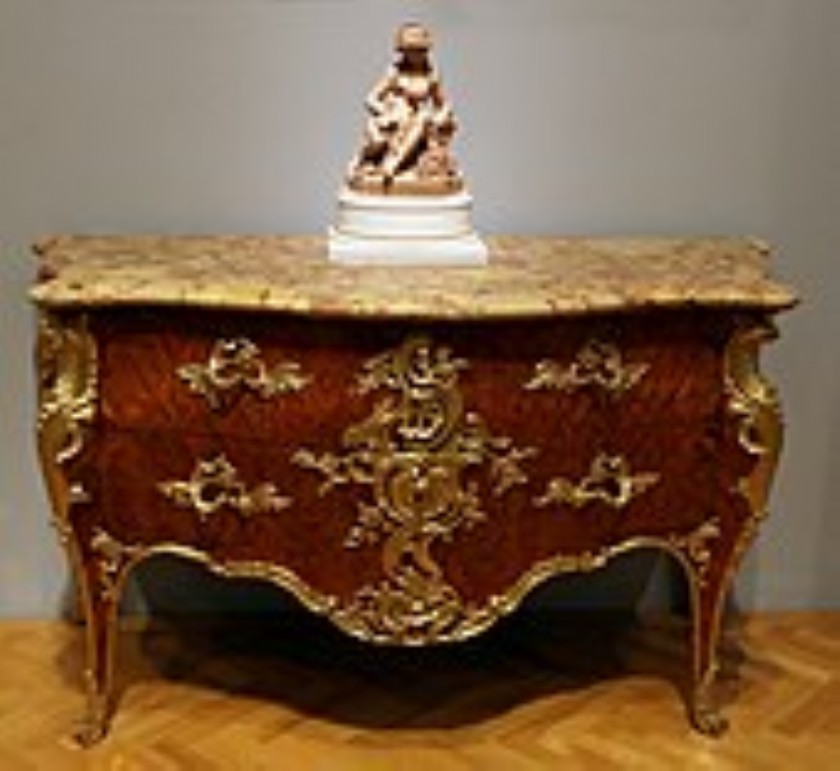The Era of Renaissance Furniture

The Renaissance period from the 14th to the 17th century was a time of great cultural and artistic rebirth in Europe. During this era, furniture design underwent a significant transformation, resulting in the emergence of intricate, stylish, and ornate pieces that showcased the craftsmanship of the time. Renaissance furniture is renowned for its grandeur, attention to detail, and luxurious materials.
Main Characteristics of Renaissance Furniture
- Elaborate carvings: One of the most distinctive features of Renaissance furniture is the intricate and decorative carvings found on its surfaces. These carvings often depict mythological or biblical scenes, floral motifs, and geometric patterns, adding an artistic touch to the furniture.
- Rich materials: Renaissance furniture was crafted using a variety of high-quality materials such as walnut, oak, mahogany, and ebony. These materials were often adorned with veneers, inlays, or gilt decorations, elevating the aesthetic appeal of the furniture.
- Ornamental hardware: Furniture of this era was typically embellished with decorative metal hardware, including brass, iron, and bronze elements. These hardware pieces served both functional and aesthetic purposes, enhancing the overall design of the furniture.
- Elegance and symmetry: Renaissance furniture was known for its elegant and symmetrical proportions. It often featured symmetrical shapes, balanced compositions, and harmonious lines, reflecting the concept of ideal beauty prevalent during the Renaissance period.
Popular Types of Renaissance Furniture
Several iconic furniture types emerged during the Renaissance:
- Cassone: Also known as a marriage chest, a cassone was a large chest commonly used to store valuable items and linen. These chests were often elaborately decorated with carvings and painted panels.
- Trestle table: Trestle tables were popular during the Renaissance due to their versatility and portability. They featured a plank top supported by two or more trestles, making them easy to assemble and disassemble.
- Canopy bed: Canopy beds became a symbol of wealth and status during the Renaissance. They featured luxurious fabrics, ornate carvings, and tall posts that held a canopy or drapes.
- Savonarola chair: This distinctive chair had an unconventional X-shaped frame with a slung seat and back support. Savonarola chairs featured wooden or leather upholstery and were often decorated with carvings.
Legacy and Influence
Renaissance furniture has had a lasting impact on design and craftsmanship. Its intricate detailing and emphasis on aesthetics continue to inspire contemporary furniture makers and interior designers.
By exploring the artistry and craftsmanship of Renaissance furniture, we gain a deeper appreciation for the skill and creativity of artisans during this golden age of design.



 200
200